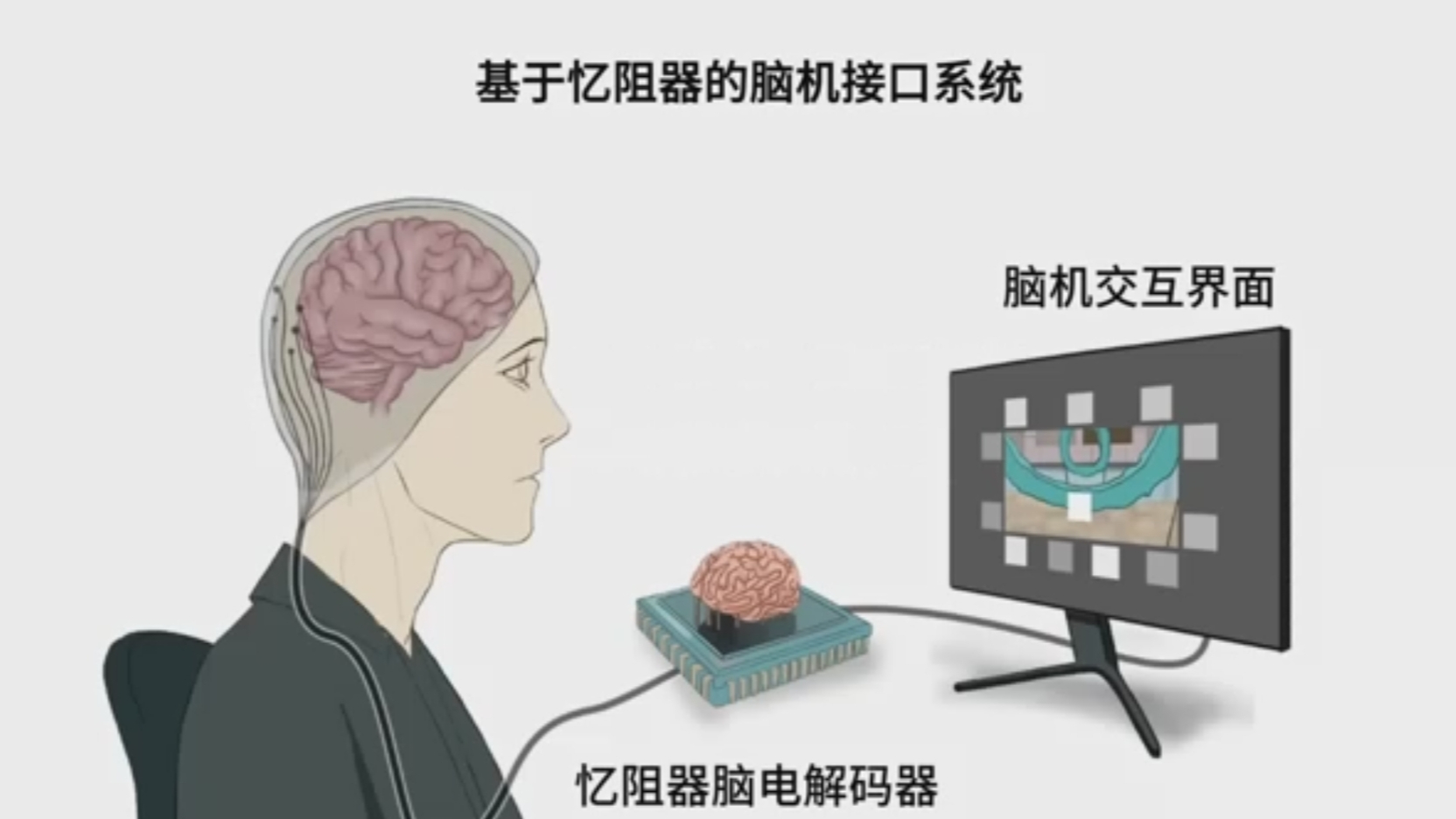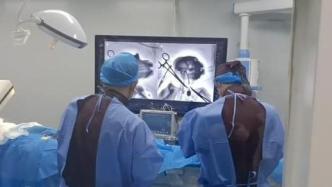

Brain-Computer Interface (BCI) is a technology that can establish a direct information exchange channel between the brain and external devices. Its core principle is to record brain activity through electrodes (invasive or non-invasive) and use signal processing algorithms to convert neural signals into executable instructions. Through the brain-computer interface, humans or animals can control machine devices directly with their brains without language or actions.
The adaptive decoders of traditional brain-computer interfaces lack active brain participation, and the number of channels for EEG signal acquisition has increased dramatically, and the decoding algorithms have become more complex, posing huge challenges to efficient and real-time EEG processing.
Recently, the world's first "dual-loop" non-invasive brain-computer interface system, jointly released by the Haihe Brain-Computer Laboratory of Tianjin University and the School of Integrated Circuits of Tsinghua University, intelligently integrates the information interaction between the brain and the machine, achieving the effect of "1+1>2". Its EEG signal decoding speed is increased by 216 times, and energy consumption is reduced to 1/1643 of the original, and it can realize flexible "brain control" of drones.

Co-evolving brain-computer interface framework
On February 17, a paper on the relevant results was published online in the internationally renowned journal Nature Electronics. The title of the paper is "A memristor-based adaptive neuromorphic decoder for brain-computer interfaces".
On February 19, Professor Xu Minpeng of Tianjin University, one of the corresponding authors of the paper, told The Paper that the introduction of the "dual-loop brain-computer co-evolution framework" not only brought theoretical innovations, but also achieved breakthroughs in system performance. Xu Minpeng explained that the introduction of memristors in the system greatly increased the decoding speed, the normalized decoding speed increased by more than a hundred times, and the energy consumption was reduced to less than one thousandth; the power consumption was greatly reduced, and brain-computer interaction could be carried out for a long time. "The basic principle of memristors is to simulate the discharge process of brain neurons." In a 6-hour long-term brain-computer interaction experiment, the accuracy of the "dual-loop" brain-computer interface increased by about 20%, breaking the limitation that the duration of traditional brain-computer interface experiments is generally controlled at 1 hour.
Regarding the difference in the duration of "brain control", Xu Minpeng said that traditional brain interface research is generally short-term research. "Because our brain is a nonlinear system, its brain waves are always changing. This changing brain wave will have a negative impact on my brain-computer decoding, reducing its accuracy, resulting in the inability to do long-term brain-computer interaction. But we did a 6-hour brain-computer interaction experiment. Through the 'dual loop' mechanism, we made the system performance of the entire brain-computer interface not decline over time, but improve it instead."
Xu Minpeng said that because drone control is probably the most difficult task among the current brain-computer interface control tasks, this time they chose to use the brain-computer interface to control the drone for testing.
The drone has a very high degree of freedom, very high precision, and real-time response. "Our brain-computer interface can achieve continuous control of four degrees of freedom and can complete some relatively complex tasks. Others are basically only controlled with two degrees of freedom."

(a) Brain-memristor interactive update framework; (b) Real-time brain-controlled drone flight based on memristor EEG decoding.
Xu Minpeng predicts that in the next 5-10 years, brain-computer interface systems are expected to promote the implementation of applications such as visual health diagnosis, hemiplegia rehabilitation, and cochlear implant debugging in the medical field, and give rise to new scenarios such as mind control and brain health monitoring in the consumer electronics field.
In response to the controversy over the safety of long-term wearing of non-invasive devices, Professor Xu Minpeng used the analogy of "learning to ride a bicycle" to explain: "Wearing such devices for a long time will indeed have an impact on brain activity, but it is not necessarily a negative impact. Take learning to ride a bicycle as an example. From the initial confusion to easy control, the brain's neural network must have undergone reconstruction. This is the change brought about by learning. It is the process of the brain acquiring new skills and the process of self-optimization and upgrading."

Professor Xu Minpeng of Tianjin University (center).
